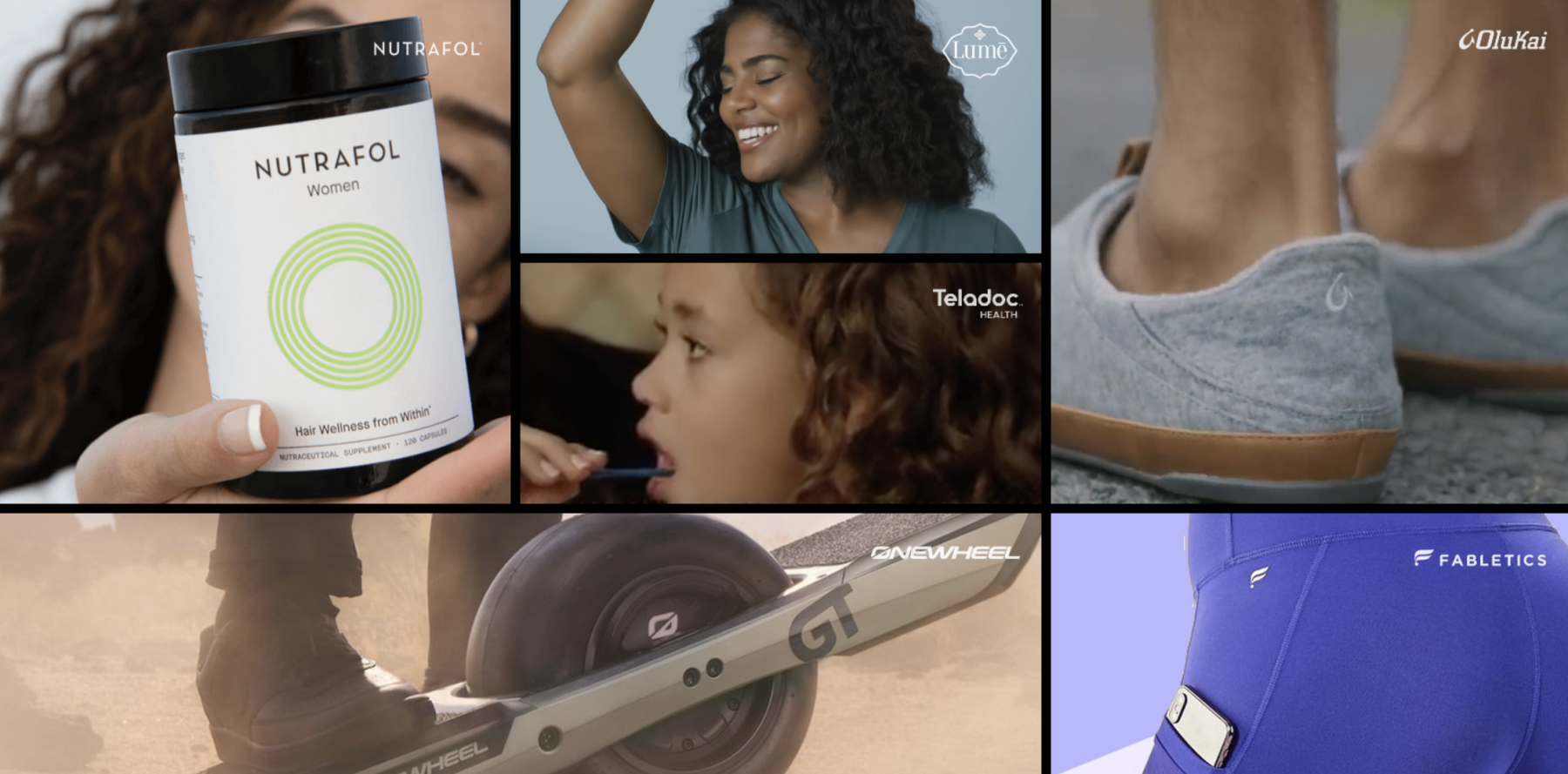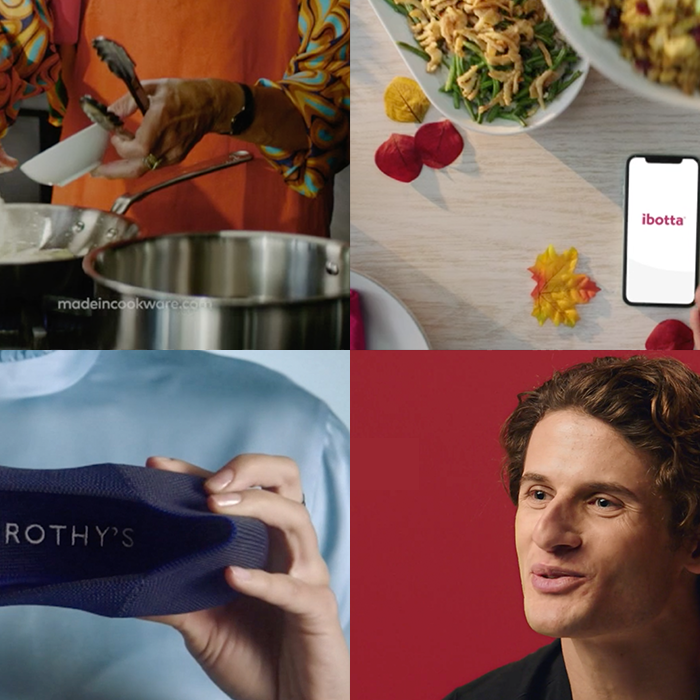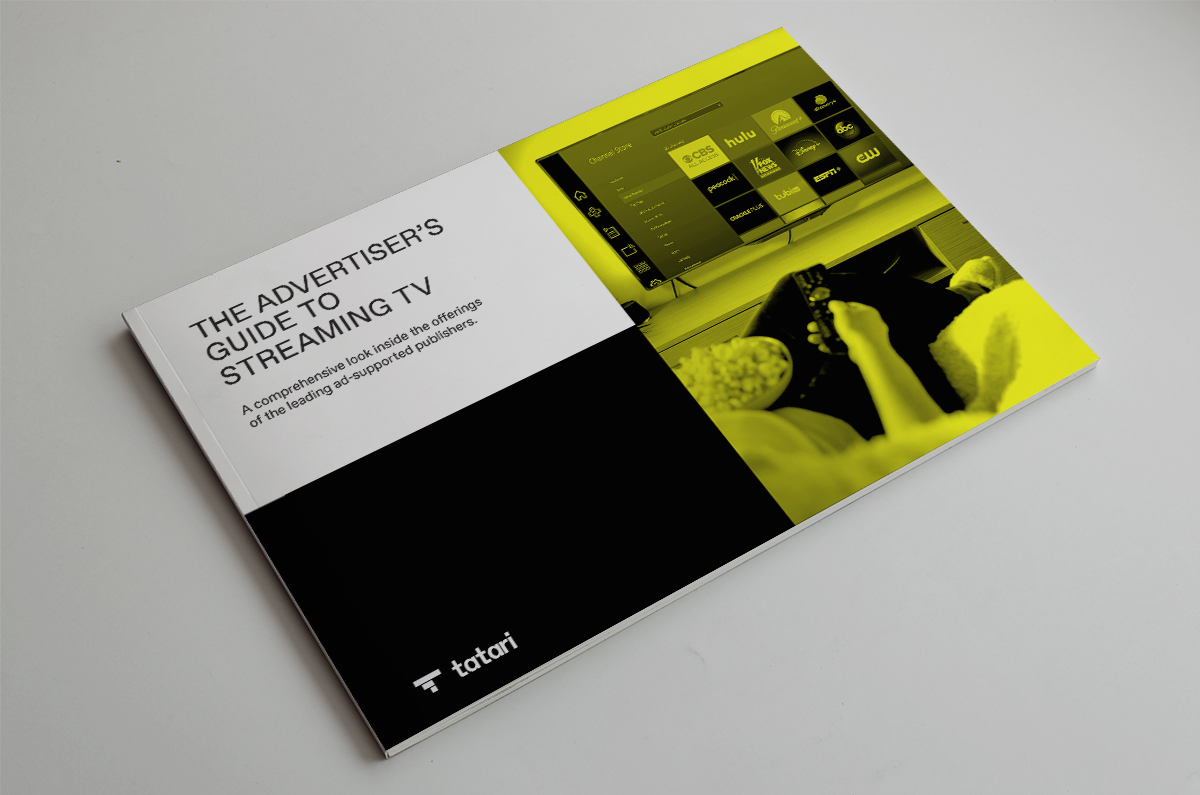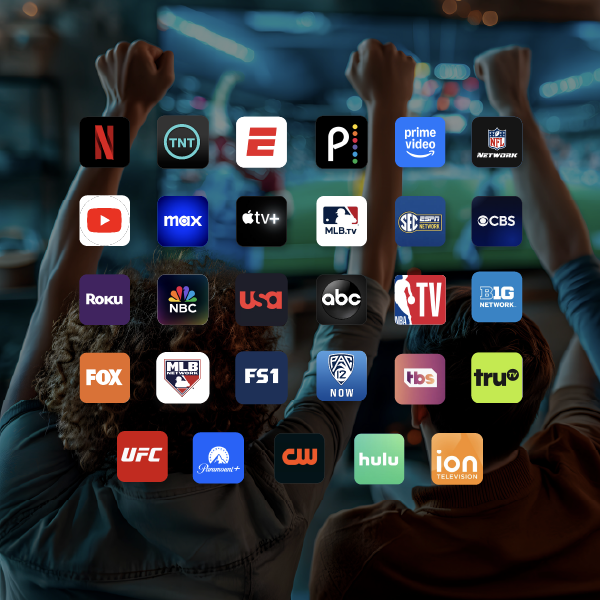
How 6 Performance Driven Brands Use TV Throughout The Marketing Funnel
This article was originally featured on Adweek.
Television’s pre-eminence as a brand-building channel has, at times, created the faulty perception that visibility is the only thing it can accomplish. That couldn’t be further from the truth.
The data-driven targeting and measurement tools that marketers have become accustomed to for digital campaigns have evolved to make TV—both connected and traditional linear—responsive and performance-focused. TV is still unmatched when it comes to branding. But it is now a multi-faceted, multi-use advertising channel that can be as effective at driving conversions and measurable sales as it is at generating awareness.
Simply put: TV advertising is now a full-funnel marketing solution.
Of course, TV also maintains its pre-eminence as the household hearth, the place where all members gather to be entertained. Its ability to reach a highly engaged and receptive audience is well-documented.
What’s changed, and where TV’s increasingly strong addressability and measurement become more and more important, is the shopping journey that consumers now take. While the stages of the marketing funnel are still based around awareness (upper funnel), consideration (middle funnel) and purchase (lower funnel), the consumer now frequently takes a much less linear approach.
The ubiquity of mobile devices, social media and one-click ecommerce means that the journey is now more fragmented and more complicated to measure. Messages come from anywhere, research is readily available and price comparisons are just a click (or even voice command) away. This is why more and more advertisers are taking a full-funnel approach that can drive awareness and demand across a range of channels.
So, what does full-funnel TV look like?
To help you better understand the full breadth of TV’s capabilities, let’s look at how six forward-thinking disruptor brands (Nutrafol, Teladoc Health, Fabletics, Lume Deodorant, OluKai, and Onewheel) have effectively used TV to achieve a wide range of KPIs across all stages of the marketing funnel.
Read the immersive case study experience here.
Related
How 4 DTC Disruptors Use Digital Best Practices to Succeed on TV
We partnered with Adweek to look at how four top DTC brands—Roman, Made In, Ibotta and Rothy’s—are using a data-driven approach to drive performance with TV advertising.
Read more
The Advertiser's Guide to Streaming TV
This white paper takes a granular look at some of the major ad-supported players. This includes a variety of details related to each streaming service’s audience, content, and advertising opportunities.
Read more
What Advertisers Need to Know About TV Sports Advertising in 2026
TV sports advertising in 2026 is being reshaped by streaming, fragmented media rights, and rapidly changing ad prices. This guide shows advertisers where sports audiences live and how to buy across leagues effectively at any budget.
Read more


